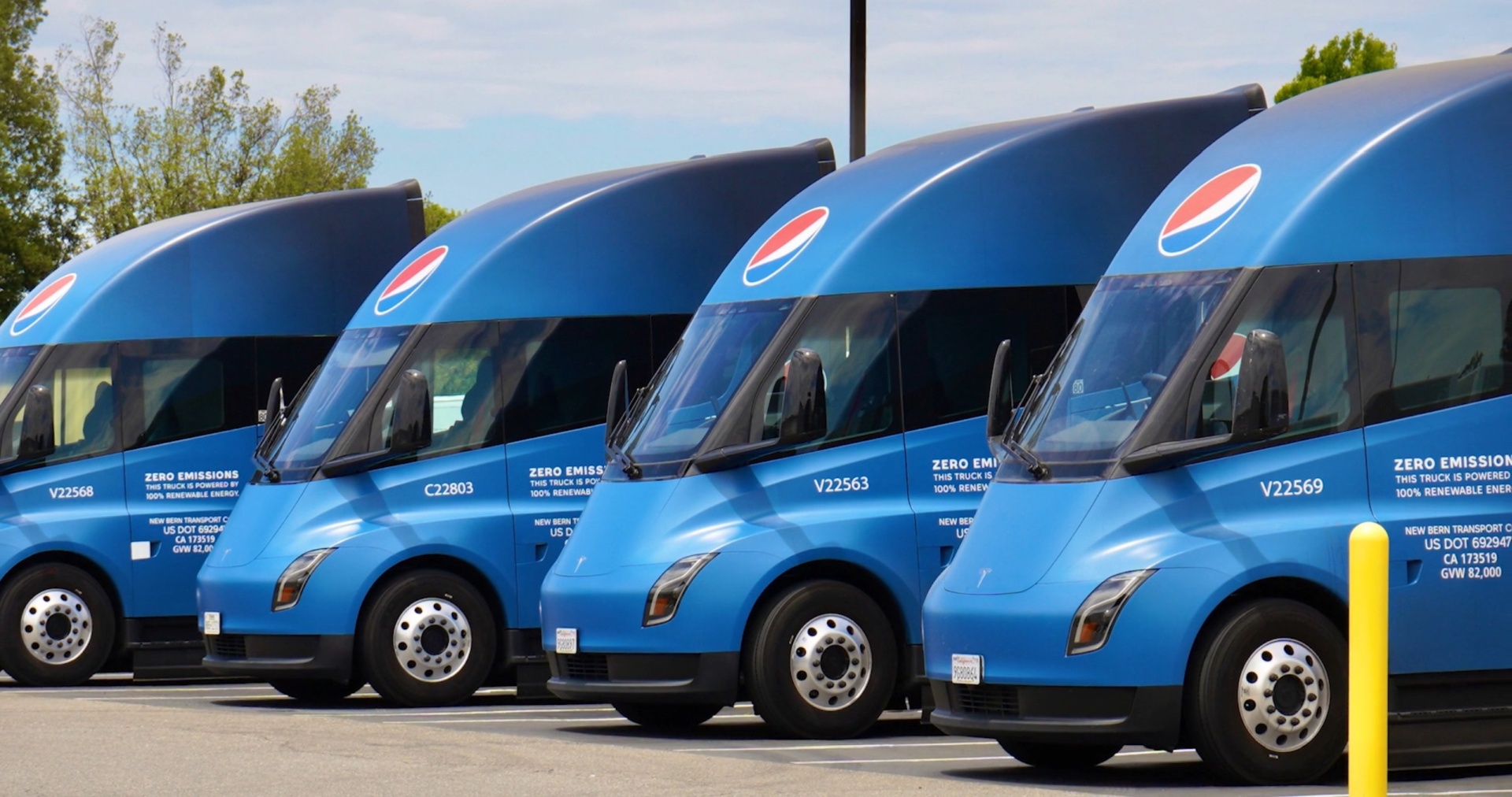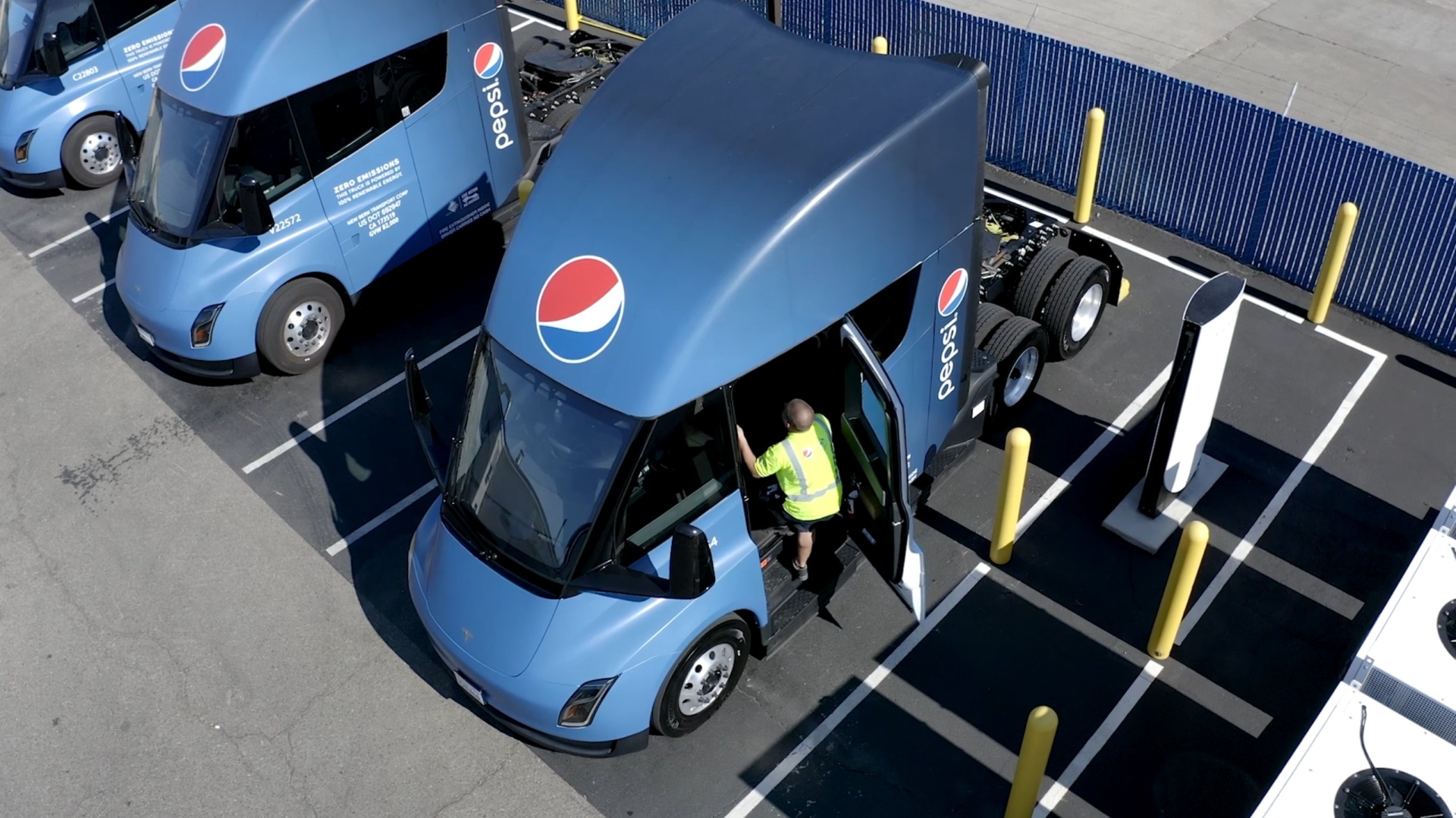The independent organisation NACFE (North American Council for Freight Efficiency) tested the range and energy consumption of 21 different electric trucks and vans, including the Tesla Semi, for eighteen days. The president of Calstart, the organisation that watched the experiment, stated outright that [in its segment] “Tesla is the leader in terms of performance and range”, in addition to being the only one to support ultra-fast charging. A somewhat curious fact was also noted that no one had previously come across, although it now seems obvious.
Tesla Semi vs. the competitors
Tests of electric vans and trucks took place as part of a project called Run on Less, with participants including the Freightliner eCascadia, Volvo VNR, Nicola Tre BEV, BYD 8TT and the Tesla Semi (source). All the vehicles were operating in their typical duties, transporting food and products between factories or ports and warehouses and consignees. The vehicles ran on shorter and longer routes – the kind of journeys their owners needed (source; behind the paywall).
Speaking to Automotive News Europe, the president of the Calstart organisation praised the Tesla because it was the only one able to cover around 640 kilometres / 400 miles on a single charge and charge to 80 per cent in 45 minutes. The Semi drove the longest distances in the experiment during the day. One of Tesla’s tractors covered 1,732 kilometres / 1,076 miles in a day with three charging stops, during which it pushed up to 750 kW and topped up the battery to 47, 89 and 52 per cent respectively.
PepsiCo, owner of the Semi, claims that 60 per cent of all distances were covered by the Tesla-produced vehicles loaded to the point where the tractor with trailer and goods weighed more than 31.75 tonnes / 70,000 pounds. The most task-laden Semi covered an average of 924 kilometres / 574 miles per day. Second in the ranking was the Nikola Tre operated by WattEV, which covered an average of 410 kilometres / 255 miles per day. Third was the Freightliner eCascadia covering 291 kilometres / 181 miles per day. After all, it should be noted that each of the owners used their tractors for different purposes.
As NACFE Executive Director Mike Roeth admitted, the range of electric tractors was initially thought of in the typical way: as the distance that can be covered on a single charge. Read: once a day. Meanwhile, it turned out that drivers had no problem plugging the tractors into chargers, significantly increasing the ranges the vehicles could cover in a day. Additional charging was used for almost half of the fleet studied.
The results of the Run on Less experiment can be viewed HERE. The Tesla Semi has currently been produced in ’60-70 units’ and is being tested in the PepsiCo and Tesla fleets. Mass production of the tractor will not begin until 2024.

